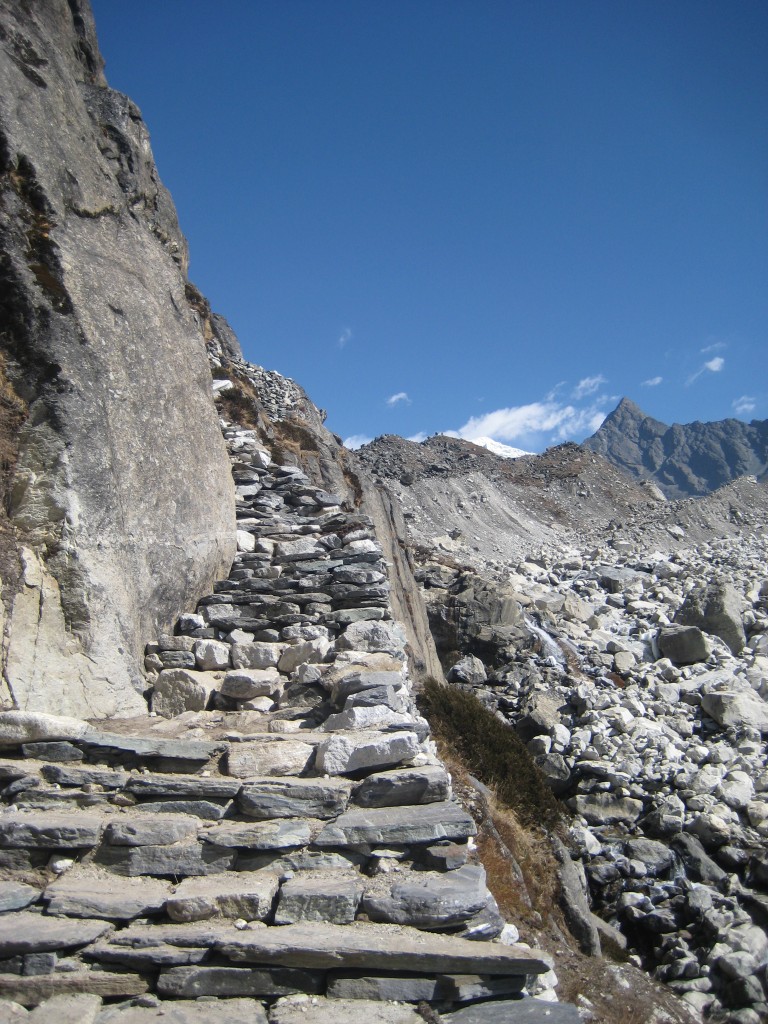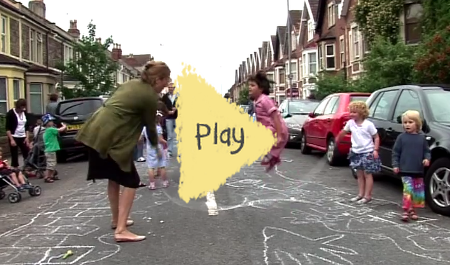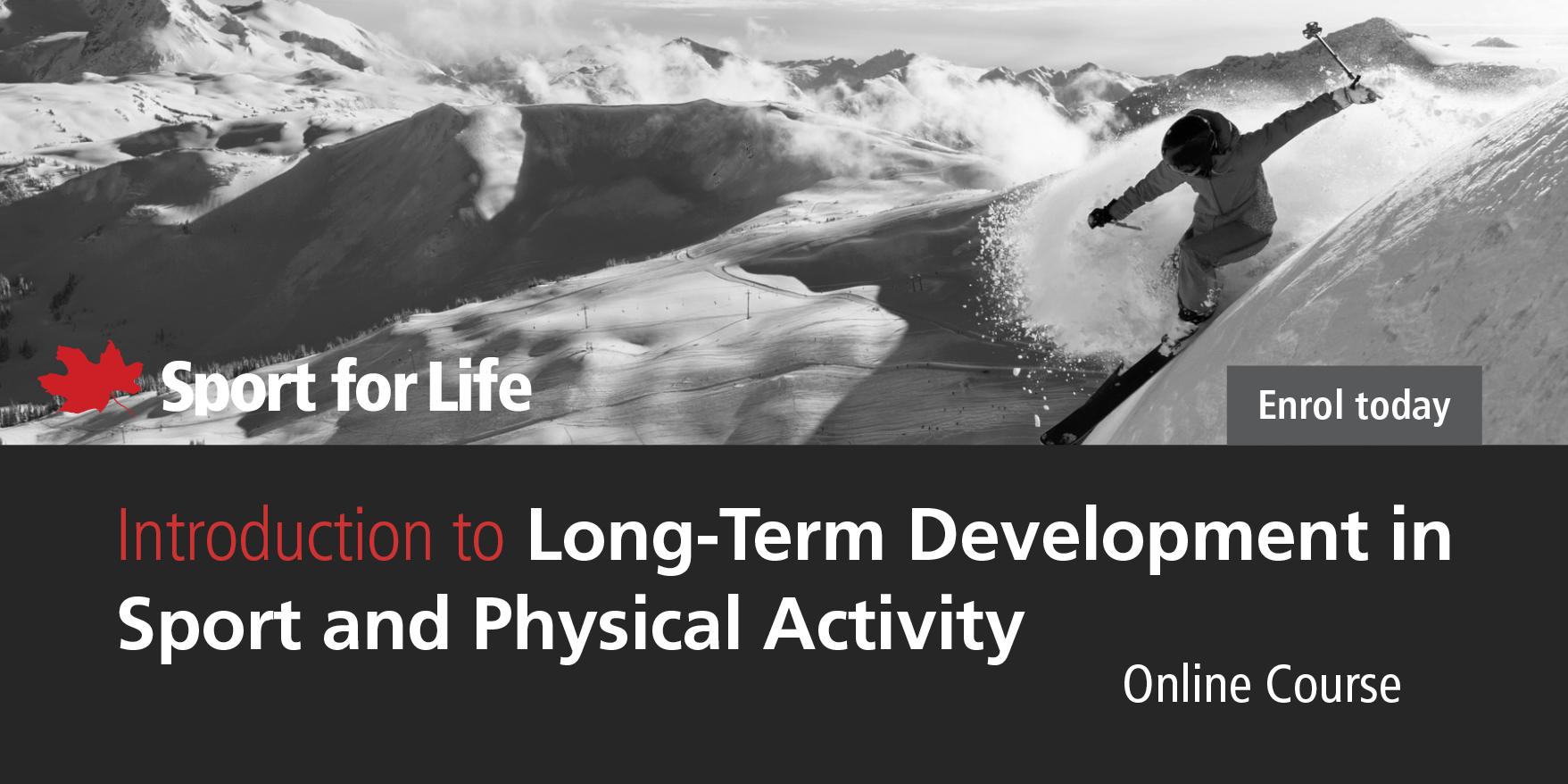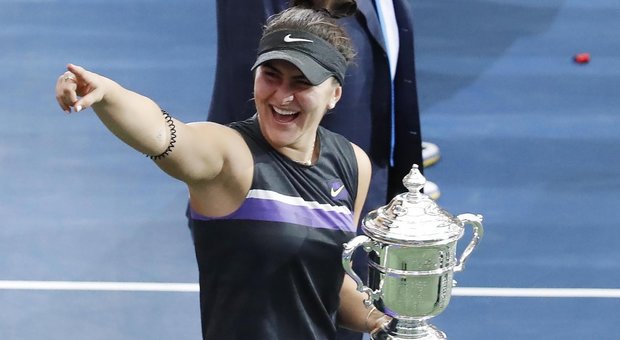Kim Clijsters decided to return to tennis, a difficult task for a 36 years old woman, 3 children and 10 years after her retirement from the courts.
She took an extreme path: to return to play with the best tennis players. Until a few years ago, it would have been said that this is a crazy decision. Now it is much more accepted by the change that is taking place in the sport:
- the competitive life is lengthened,
- you can go back to the highest levels even if you have a child,
- you can continue to play even after 30 years at the highest level,
- the passion is less crushed by consideration related to the chronological age,
- if the old age has been moved forward by 10 years, from 65 to 75 years, then the athletic youth can go further up to 40 years.

“I don’t really feel like I want to prove something,” Clijsters said on the WTA Insider Podcast. “I think for me it’s the challenge.
“I have friends who would say, I want to run the New York Marathon before I turn 50. For me, I still love to play tennis. Whenever I’m at a Grand Slam playing the Legends, if somebody asked me hey, do you want to hit some balls, I’m the first one to be like I’ll hit. I’ll be the hitting partner for your practice today. I still love playing tennis.
“The love for the sport is obviously still there. But the question still is, am I capable of bringing it to a level where I would like it to be at and where I want it to be at before I want to play at a high level of one of the best women’s sports in the world.
“I don’t feel like I need to prove anything, but I want to challenge myself and I want to be strong again. This is my marathon. This is where I’m saying OK, let’s try this.”












